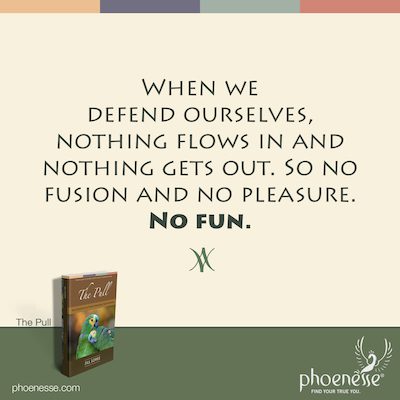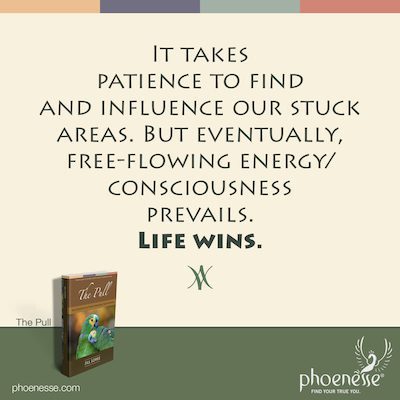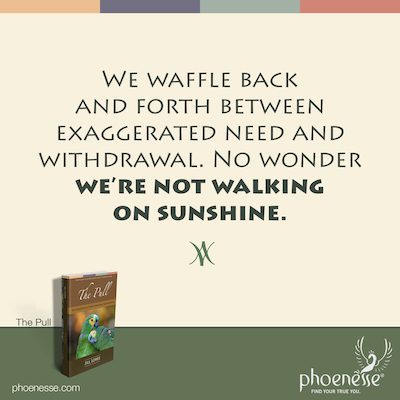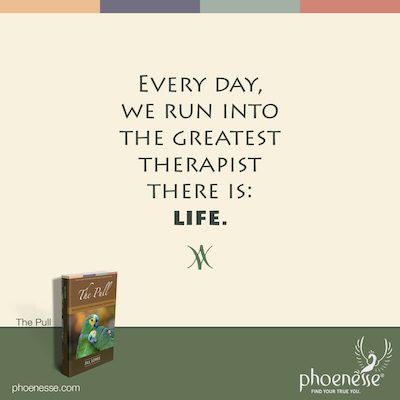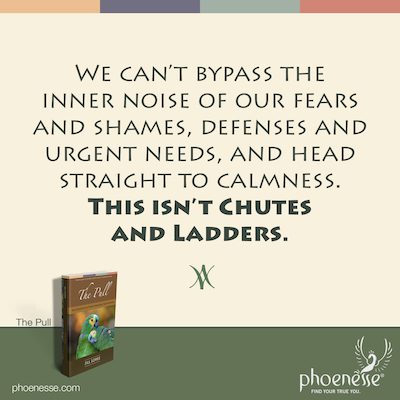Show Notes
Nothing can be created unless there is mutuality. This is a spiritual law. It means that two apparently different entities come together to form one whole. They open toward each other, cooperating and affecting each other in such a way that something new is created. It is mutuality that bridges the gap between duality and unity. It’s the movement that eliminates separation.
Make no mistake, this applies to every-stinking-thing, without exception. Whether we’re creating a work of art, composing a symphony, painting a picture, writing a story, cooking a meal, discovering a scientific breakthrough, healing an illness, building a relationship, or developing ourselves on a path of self-realization, the law of mutuality is in play.
For any self-expression, the self merges with something beyond the self and something new comes into being. First there must be creative inspiration and imagination. The mind extends itself beyond what it previously knew existed and a plan forms. Then this creative aspect cooperates with the second aspect of mutuality, which is execution. Implied in step two are effort, perseverance and self-discipline.
So the creative idea and these more mechanical, ego-driven activities must work together in harmony for some type of creation to take place. We must follow step one with step two in order to ease on down this road. This is true even though these two steps seem alien to each other. Creativity is free flowing and spontaneous. Execution comes from determination, which is under the direction of the ego’s will; it’s laborious and needs consistent effort. Not the same mojo as the effortless influx of creative ideas.
When people struggle with creativity, they either lack the self-discipline they need to follow through on their ideas. Or their contraction is too great for them to open their creative channels. In the former case, the person childishly refuses to be bothered by the trials and errors of the creative process. In the latter, they lack inspiration.
When we do the work of personal development, resolving our inner conflicts, we can bring this lopsidedness into balance. By restoring health, we open up to finding personal creative outlets that yield deep satisfaction.
An imbalance in these two aspects of creation is especially striking when it comes to couples. The spontaneous and effortless experience of attraction and love that brings two people together is not uncommon. In fact, it happens all the time. But rarely is this connection maintained. We have lots of excuses and explanations, but mostly what happens is that people neglect doing the work of dealing with the inner dissensions that arise.
There is often a childish notion that we shouldn’t have to work at it and that once the initial fireworks go off, we’re powerless to determine the course of the relationship. We treat it like a stand-alone entity that for better or worse is going to run its own course.
In fact, mutuality is a steppingstone on the path to unity, but it is not yet unification itself. So while we’re on the bridge to unity, we’re going to have some work to do. There will need to be a harmonious interplay between effortless creative imagination and execution—which means labor, investment, commitment and self-discipline. We need this forward-moving, effortful aspect of mutuality to get across the bridge to unity.
For there to be mutuality between two people, there must be an expansive movement flowing from each toward the other. There must be both giving and receiving, and mutual cooperation. Two Yes-currents must move toward each other, nice and slow. This allows us to gradually increase our ability to accept, bear and sustain pleasure. Believe it or not, this is one of the hardest things for us to do. It depends directly on how whole and integrated we are. It depends on our ability to say Yes when a Yes is offered.
Listen and learn more.
The Pull, Chapter 8: Mutuality: A Cosmic Principle and Law
Read Original Pathwork® Lecture: #185 Mutuality: A Cosmic Principle and Law


